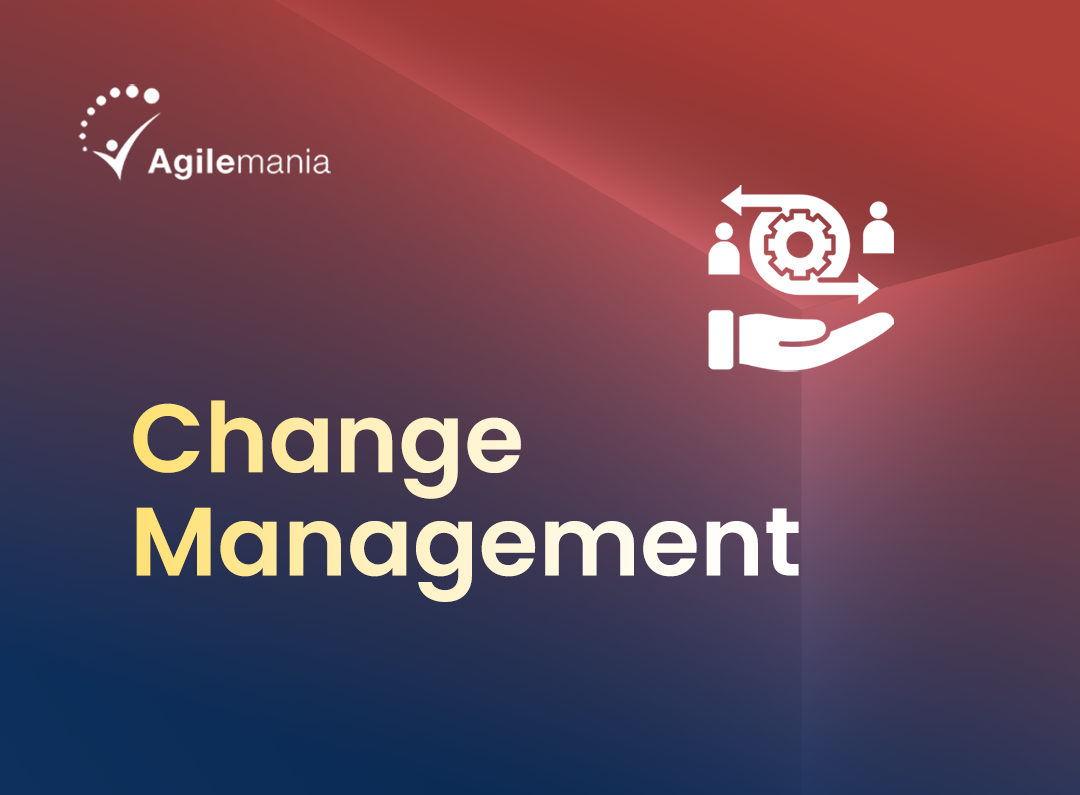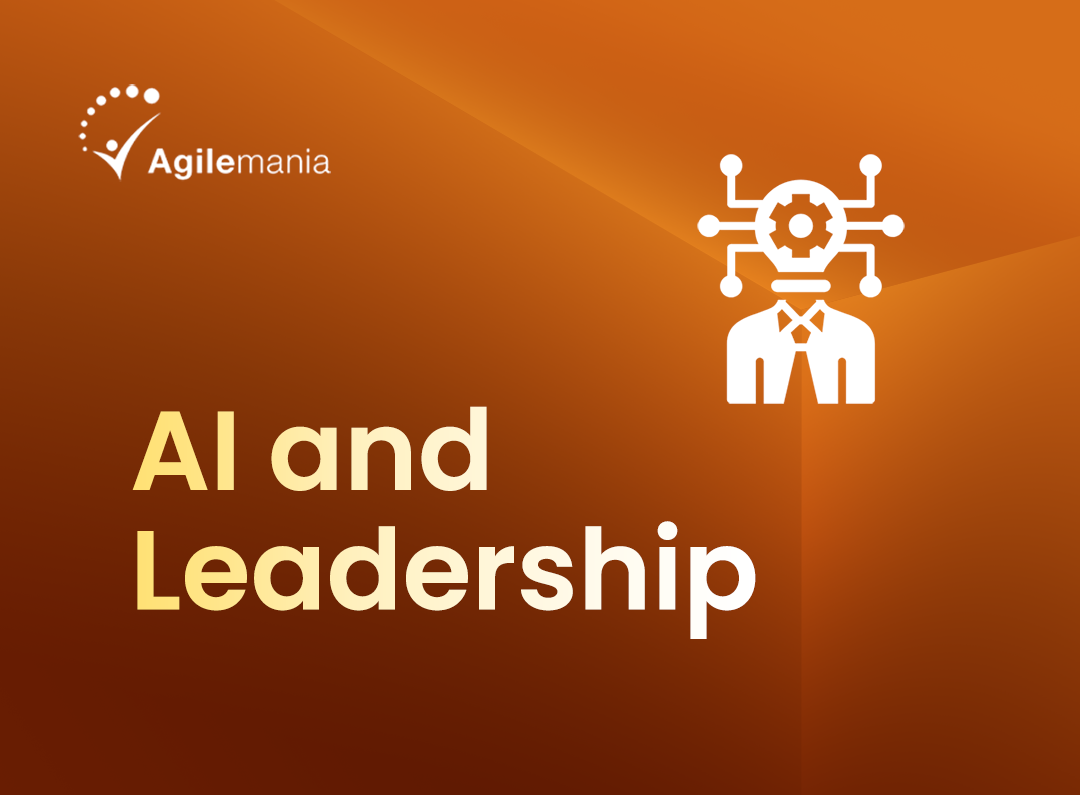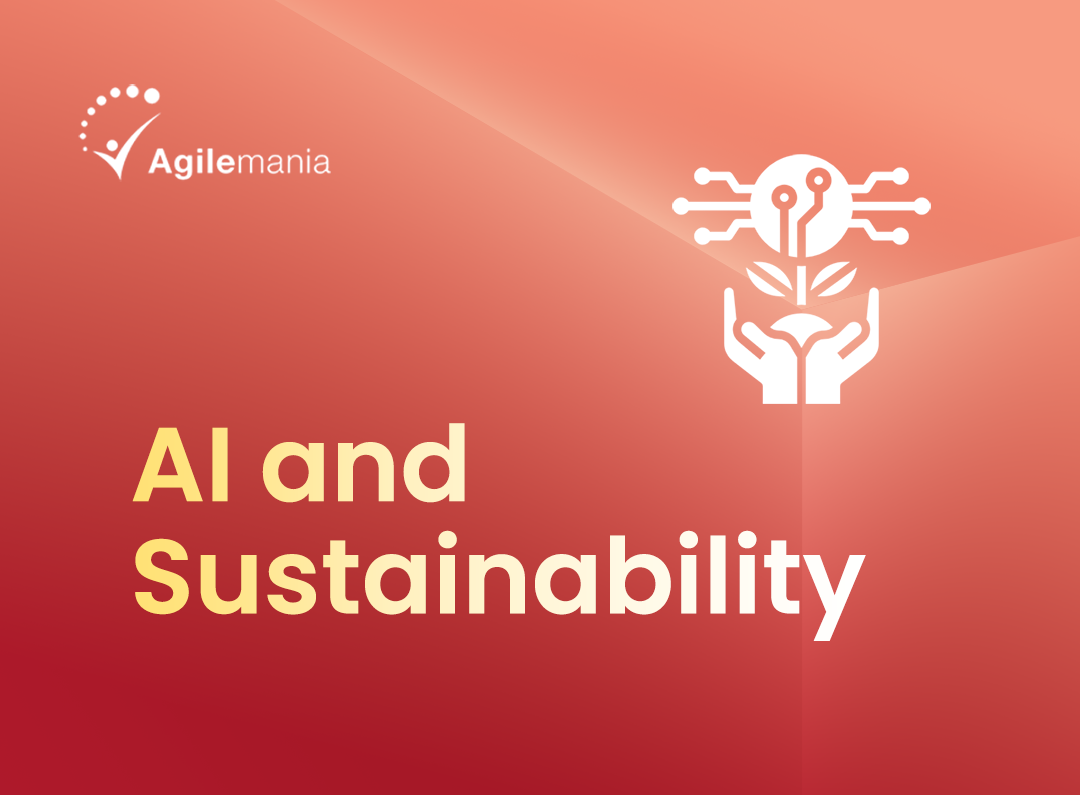In the fast-paced world of business and technology, the success of a project often hinges on how well its requirements are analyzed and prioritized.
Imagine investing time, resources, and effort into developing a product, only to find that its most critical features are underutilized or worse, completely ignored by users.
Unfortunately, this scenario is all too common, with studies showing that 64% of product features are rarely or never used.
To avoid such pitfalls, business analysts must employ effective techniques for analyzing and prioritizing requirements.
These techniques not only help ensure that the right features are developed but also that resources are allocated efficiently, aligning the project’s outcomes with both business goals and user needs.
In this blog, we’ll explore some of the most powerful methods for analyzing and prioritizing requirements, equipping you with the tools to drive successful project outcomes.
Whether you're launching a new product or managing an ongoing project, mastering these techniques is key to delivering value and achieving success.

Looking to kickstart your career in Business Analysis? Enroll for ECBA which is ideal for beginners looking to start a career in Business Analysis.
Enroll Now!1. MoSCoW Method: Navigating Requirement Prioritization
The MoSCoW Method is a strategic tool that helps you clearly distinguish between essential and non-essential requirements. The acronym MoSCoW stands for Must have, Should have, Could have, and Won’t have, serving as a framework to prioritize requirements based on their necessity and impact.
-
Must-Have Requirements: These are the critical, non-negotiable features that are indispensable for your product’s success. Without them, the solution would fail to meet its core objectives.
-
Should-Have Requirements: These features are important but not critical for the initial launch. They add significant value and should be included if resources and time allow.
-
Could-Have Requirements: These are desirable features that would enhance the product if implemented but can be deferred to future iterations if necessary.
-
Won’t-Have Requirements: These are features that are consciously excluded from the current scope due to their lower priority or the decision to revisit them later.
The MoSCoW Method offers a clear roadmap for prioritizing features, ensuring that your project stays focused on what matters most.
2. The Kano Model: Decoding Customer Desires
The Kano Model is a customer-centric approach that helps you identify which features will delight your users and which ones will leave them indifferent. Developed by Professor Noriaki Kano, this model categorizes customer preferences into five distinct categories:
-
Must-Have Attributes: These are the basic features that customers expect as a given. While their presence won’t excite users, their absence can lead to dissatisfaction.
-
One-Dimensional Attributes: These features have a direct impact on customer satisfaction—the more of these attributes you have, the happier your customers will be.
-
Attractive Attributes: These features go beyond basic expectations, surprising and delighting customers. They are not necessary, but they can significantly enhance the product’s appeal.
-
Indifferent Attributes: These features don’t significantly affect customer satisfaction, regardless of whether they are present or not.
-
Reverse Attributes: These are features that, if included, could lead to customer dissatisfaction. It’s important to avoid these in order to maintain a positive user experience.
By categorizing features using the Kano Model, you can prioritize those that will most effectively meet and exceed customer expectations, leading to greater satisfaction and loyalty.
3. Decision Matrix: Objective Evaluation of Options
The Decision Matrix is an analytical tool that helps you make informed decisions by systematically evaluating different options based on set criteria. This technique allows you to weigh various factors and compare alternatives objectively.
For instance, if you’re choosing between multiple software vendors, the Decision Matrix enables you to assess each option based on factors like cost, functionality, and scalability. By assigning weights to each criterion and scoring the options, you can determine which vendor best meets your project’s needs.
This method helps eliminate personal biases and ensures that decisions are grounded in thorough analysis, making it a valuable tool for any business analyst.
4. Cost-Benefit Analysis: Ensuring Maximum Value
Cost-Benefit Analysis is a powerful technique that evaluates the financial implications of implementing a feature or project. By comparing the costs and benefits in monetary terms, businesses can determine which options offer the most value.
For example, if you’re considering adding a new feature to your product, Cost-Benefit Analysis helps you assess whether the investment will yield sufficient returns. This technique ensures that resources are allocated efficiently and that every decision contributes to the overall success of the project.

Boost your skills with our Business Analysis Fundamentals Training at Agilemania. Learn core techniques, tools, and Agile practices to excel in your Business Analysis role.
Enroll Now!Final Thoughts
Equipped with techniques like the MoSCoW Method, Kano Model, Decision Matrix, and Cost-Benefit Analysis, you’re well-prepared to navigate the complexities of requirement analysis and prioritization. These methods ensure that every feature developed is aligned with user needs and business goals, driving impactful outcomes. Remember, the success of your project hinges on effective requirement analysis and prioritization, so leverage these techniques to turn your project into a success story. Stay tuned for more insights and tools to enhance your business analysis skills.
Looking to advance your career in Business Analysis?
These credentials will help you develop important skills and open new opportunities. Start your journey toward certification today!
Enroll Now































































































